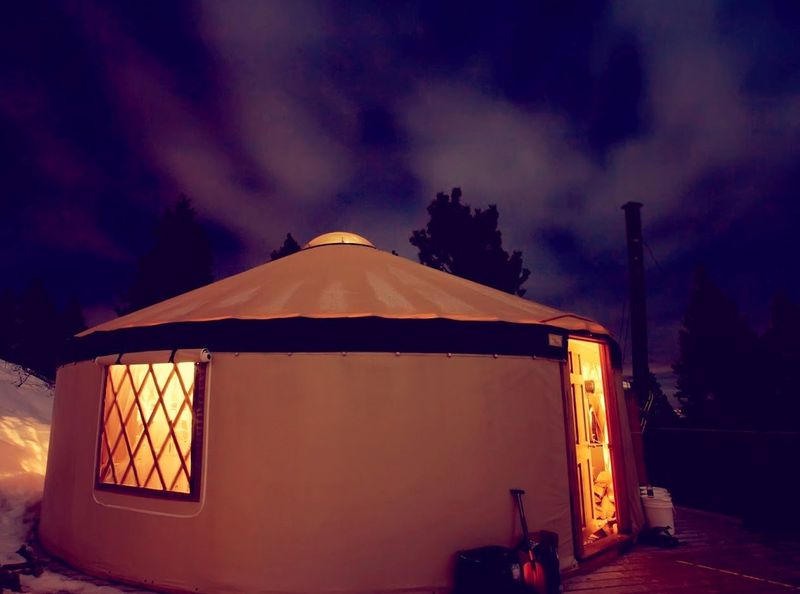Plumbing Considerations for Alternative Housing Styles
October 28, 2020

Alternative housing styles are on the rise. Whether you enjoy the cozy feeling of an extra-small house, want to be able to move your home easily, or want an eco-friendly lifestyle, alternative housing styles such as a tiny home may be tempting.
But because they differ so greatly from more traditional construction, you'll have to work through a lot of different design elements when you plan your alternative home. Here are some considerations for your plumbing system in a yurt, tiny house, or other alternative structure.
Find Space for Appliances and Fixtures
Alternative housing such as a yurt or a tiny home isn't often spacious. Consider how you'll fit all your plumbing appliances and fixtures in when you don't have as much room. One easy way to adapt your plumbing system design to choose a tankless water heater, since these take up less space than a heater with a tank.
Other ideas to reduce the space your plumbing fixtures and appliances require include:
- Installing a shower instead of a bathtub
- Installing a bathroom sink above your toilet
- Using a compact or countertop dishwasher
- Choosing a stacking washer and dryer system
These ideas can help you fit your plumbing components into a smaller living space.
Decide Where to Run the Pipes
If you design a tiny house with thin walls or a yurt, which has no wall cavity in exterior walls, you'll have to consider where to run the water lines. Water supply lines in a typical building often run through the wall cavities.
One option is to run the pipes under the floor of the home, and just bring them up through the floor at the exact spot where you need to use them. For example, you could run a supply line to the kitchen, and up through the floor at the kitchen sink.
You can minimize the number of holes in the floor if you design your home with the kitchen and bathroom on opposite sides of the same wall, so you can bring supply lines for both rooms up at the same spot. This is also advantageous in terms of water heating energy, as running pipes to rooms distant from the water heater allows heat to leach out of the pipes.
Reduce Excess Noise
Drains, dishwashers, and washing machines can all make noises when in use, as can other parts of your plumbing system. But when you're in a small space or a home with relatively thin walls, these sounds can seem to be amplified. In addition to choosing appliance models designed for quiet operation, you can try these ideas for noise reduction:
- Ensure your plumbing drains are installed with a good plumbing vent system so water flows smoothly and doesn't gurgle.
- Choose a toilet that has an adjustable fill valve so it fills efficiently and doesn't run longer than necessary after flushing (this reduces not only noise but also water waste).
- Plan to have your plumbing system regularly maintained and inspected after installation so it won't develop smelly, noisy problems.
Your plumbing contractor can help you identify and correct any other potential noise issues as you design your plumbing system.
Enable Off-Grid Living
Some homeowners choose an alternative home style because they want to be more self-sufficient. Whether your home site is too far out of town for utilities and completely off-grid or whether you just want to use alternative power sources as much as possible, consider some of these options to design an off-grid plumbing system:
- A compost toilet
- A solar hot water heater
- A shower system, such as a shower loop, to save water
- Graywater systems, such as a laundry-to-landscape system
Talk to your plumbing professional about how you can work these or other off-grid-friendly plumbing components into your plumbing design.
Once you've considered these different issues, you'll be able to work with your plumbing contractor to design the best system for your new alternative home. Contact a local plumbing contractor
today to discuss your plumbing needs.






